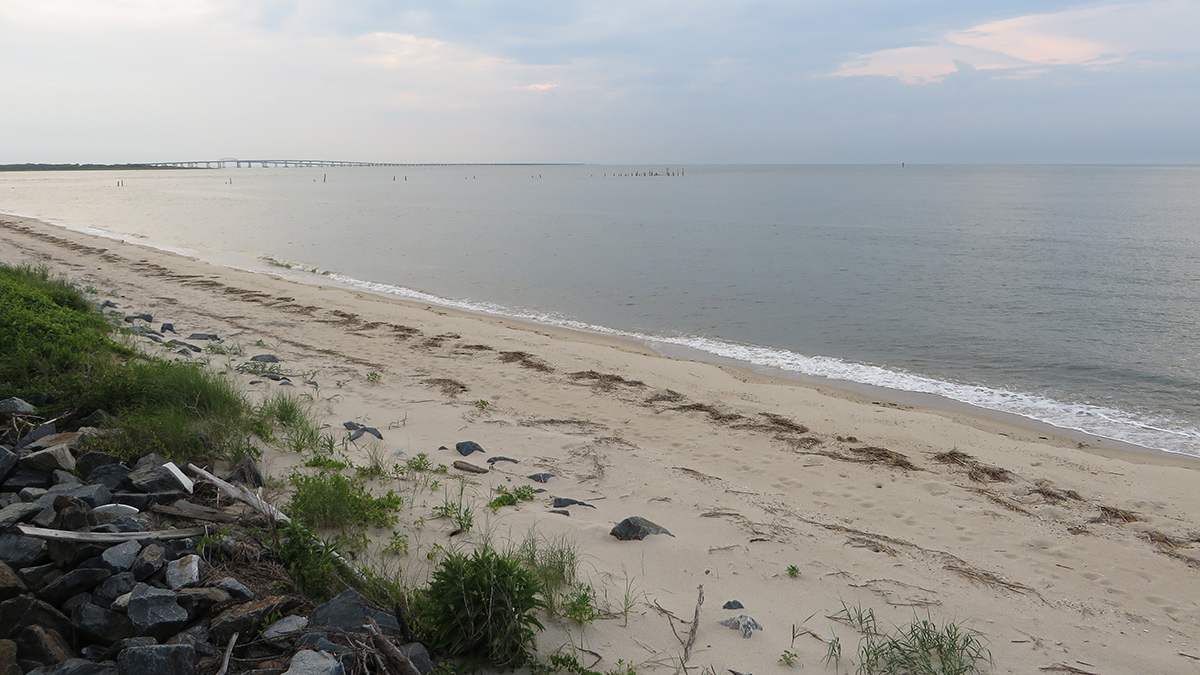
The organization of state and federal entities overseeing the cleanup of the Chesapeake Bay agreed on Friday to address climate change more aggressively as part of its restoration effort.
The Chesapeake Bay Executive Council’s commitment seeks to reduce greenhouse gas emissions around the watershed and mitigate impacts from sea level rise and intensifying precipitation.
The Council released a new directive outlining specific strategies like preserving forests to sequester carbon and restoring wetlands to absorb floodwater from rain storms and high tides.
“Without aggressive action to combat climate change, our goal of a healthy bay is under threat,” Virginia Gov. Ralph Northam said during a news conference alongside Maryland Gov. Larry Hogan.
The Executive Council includes the U.S. Environmental Protection Agency administrator, the governors of Virginia, Maryland, Delaware, West Virginia, New York and Pennsylvania and the mayor of Washington D.C.
As part of the Chesapeake Clean Water Blueprint, the states are racing to meet a 2025 federal deadline to restore the watershed.
They’re trying to hit specific pollution reduction targets by upgrading wastewater treatment plans and reducing nitrogen and phosphorus runoff from farms. Such pollutants cause algae blooms that suck up oxygen in the water and kill sea life.
The Executive Council’s new directive acknowledges climate change could reverse gains from the cleanup effort.
For example, increasing rainfall could lead to more polluted runoff into waterways feeding into the Chesapeake Bay. Rising seas could swallow marshes and wetlands that help filter that runoff.
“With rising temperatures and seas and more rain that is more intense, we risk increased pollution, the loss of natural protective habitats like wetlands and buffers and threat to public health and safety,” said Northam, chairman of the Executive Council.
The directive calls for investments in nature-based solutions like oyster reefs that protect shorelines from erosion and forest buffers along waterways that filter runoff.
States should prioritize these strategies in areas with marginalized populations vulnerable to climate change, the directive says.
Not everyone was impressed.
“The Executive Council’s sole objective this year was to sign a Climate Change Directive. Sadly, that directive is only a start, taking small steps at a time when bold action is needed,” said William Baker, president of the nonprofit Chesapeake Bay Foundation.
Baker added that states aren’t cleaning up the Bay fast enough. In fact, Virginia, Delaware, Maryland and Washington D.C. have sued the E.P.A. for allegedly letting Pennsylvania fall short of its pollution reduction targets.
“The 2025 deadline is just around the corner,” Baker said. “Hope is fading.”




